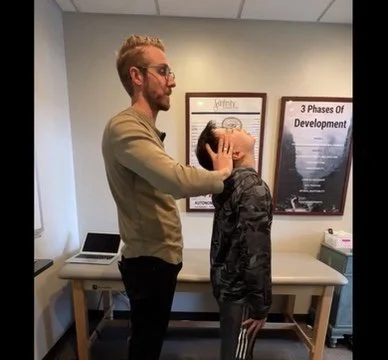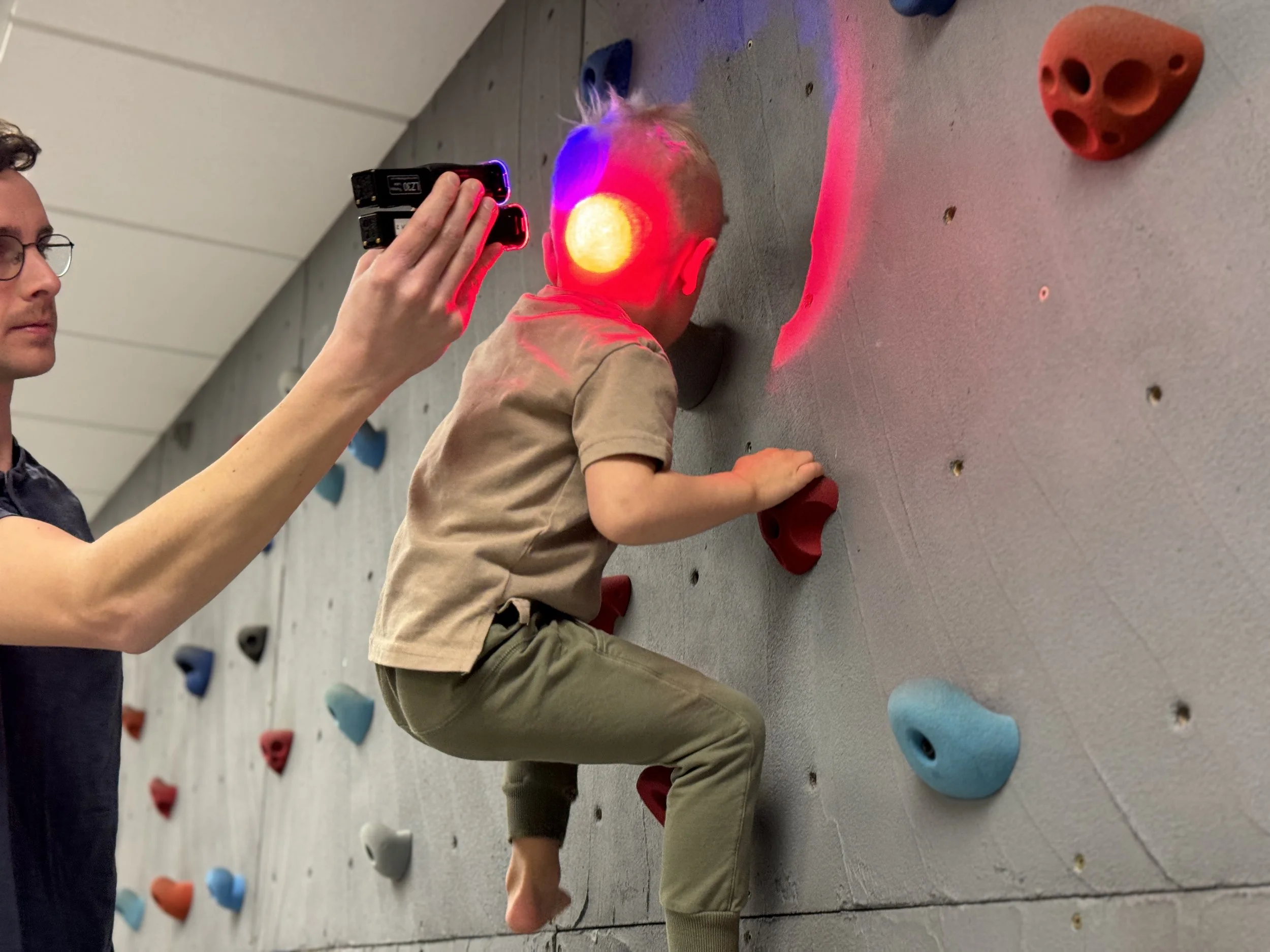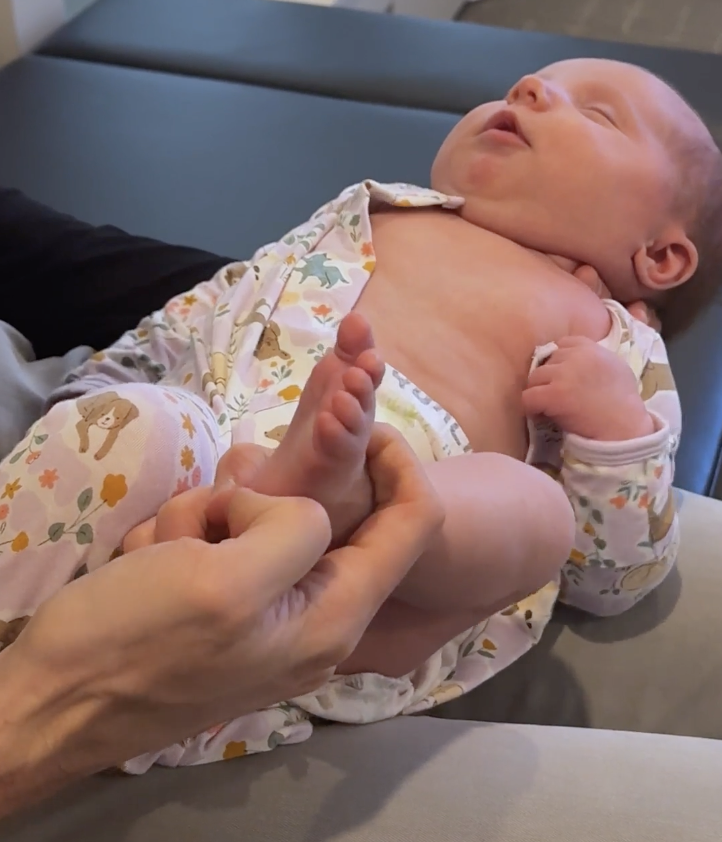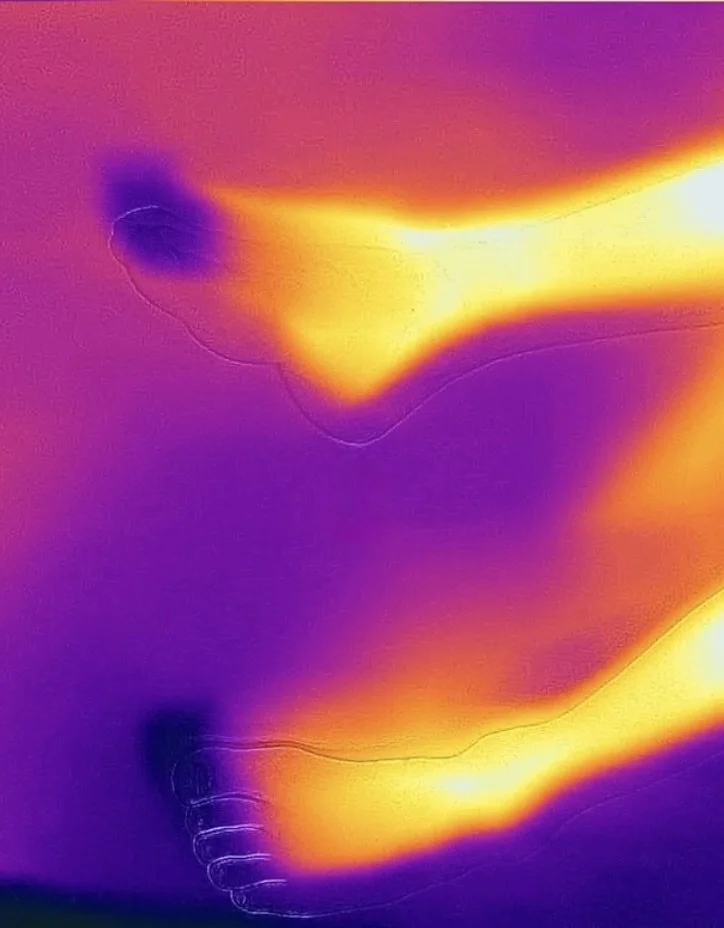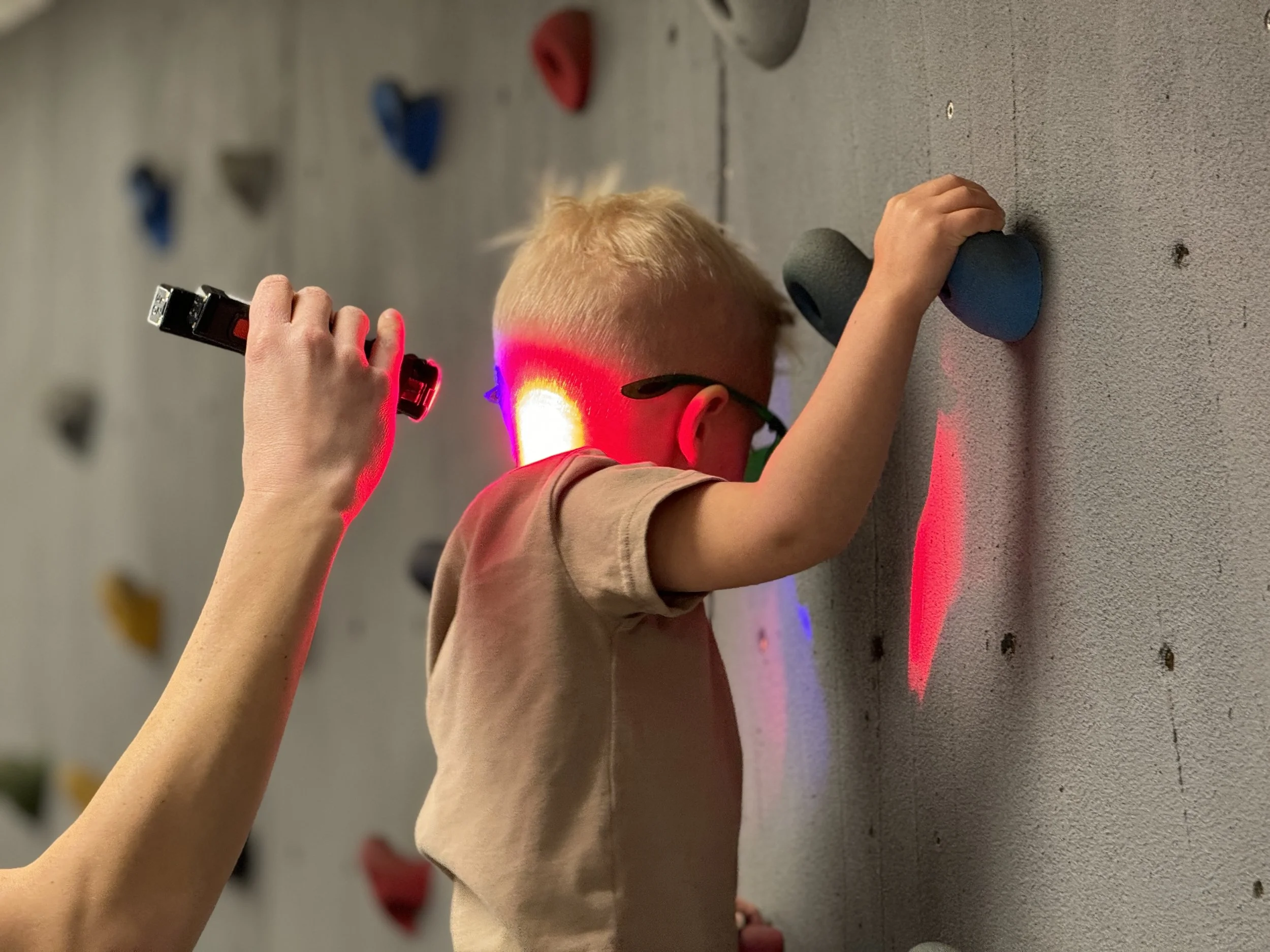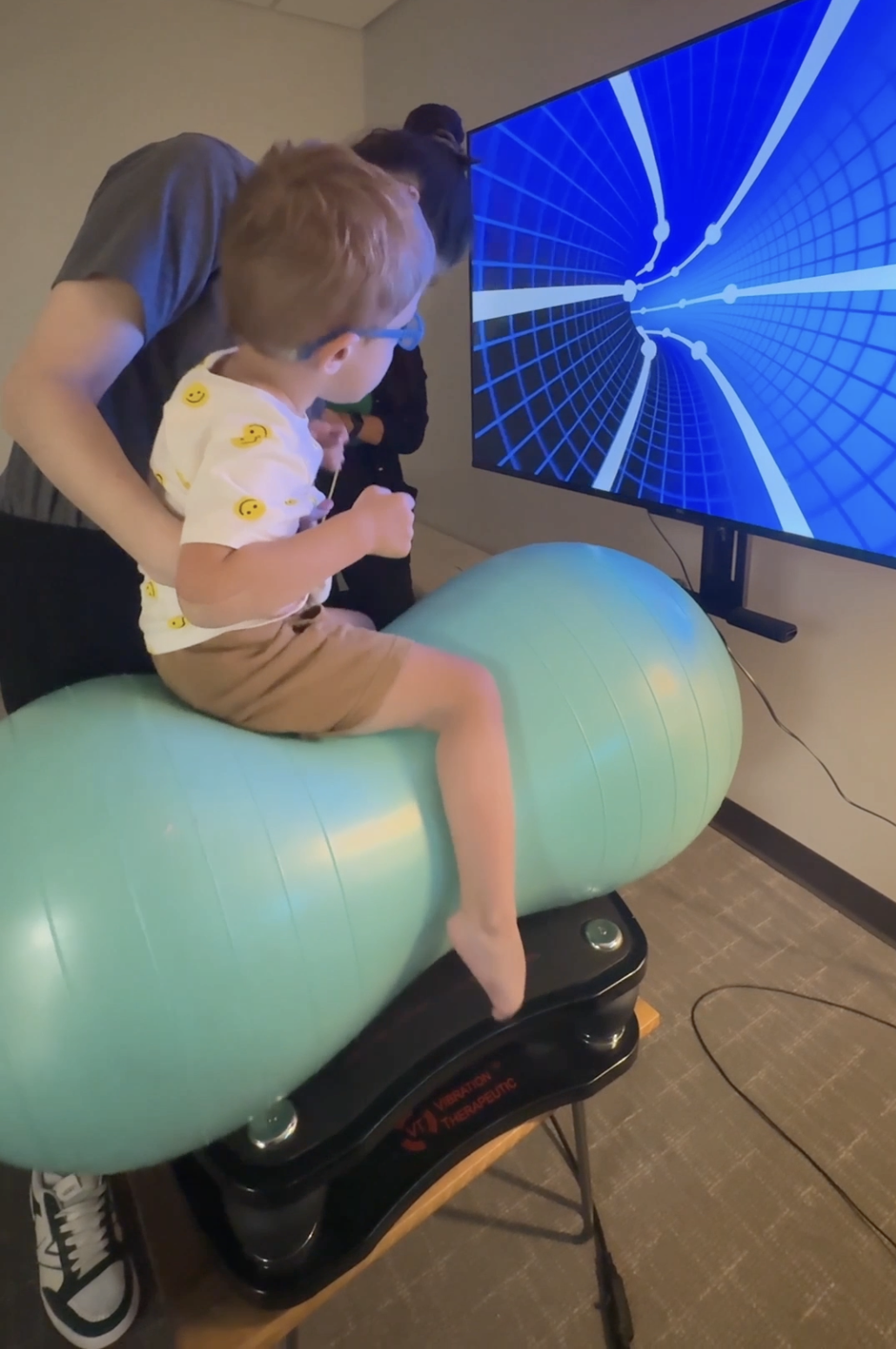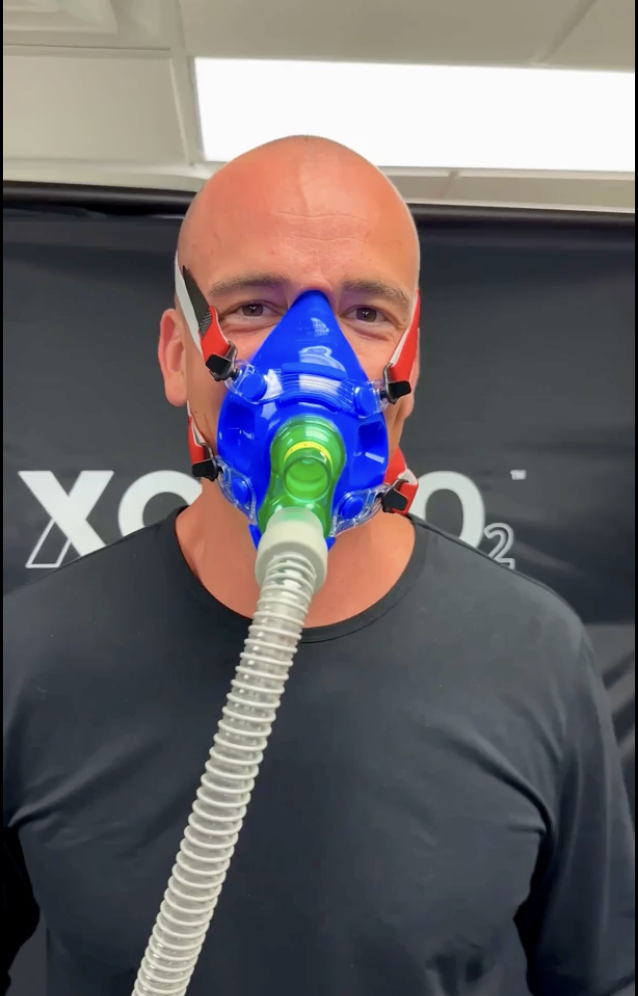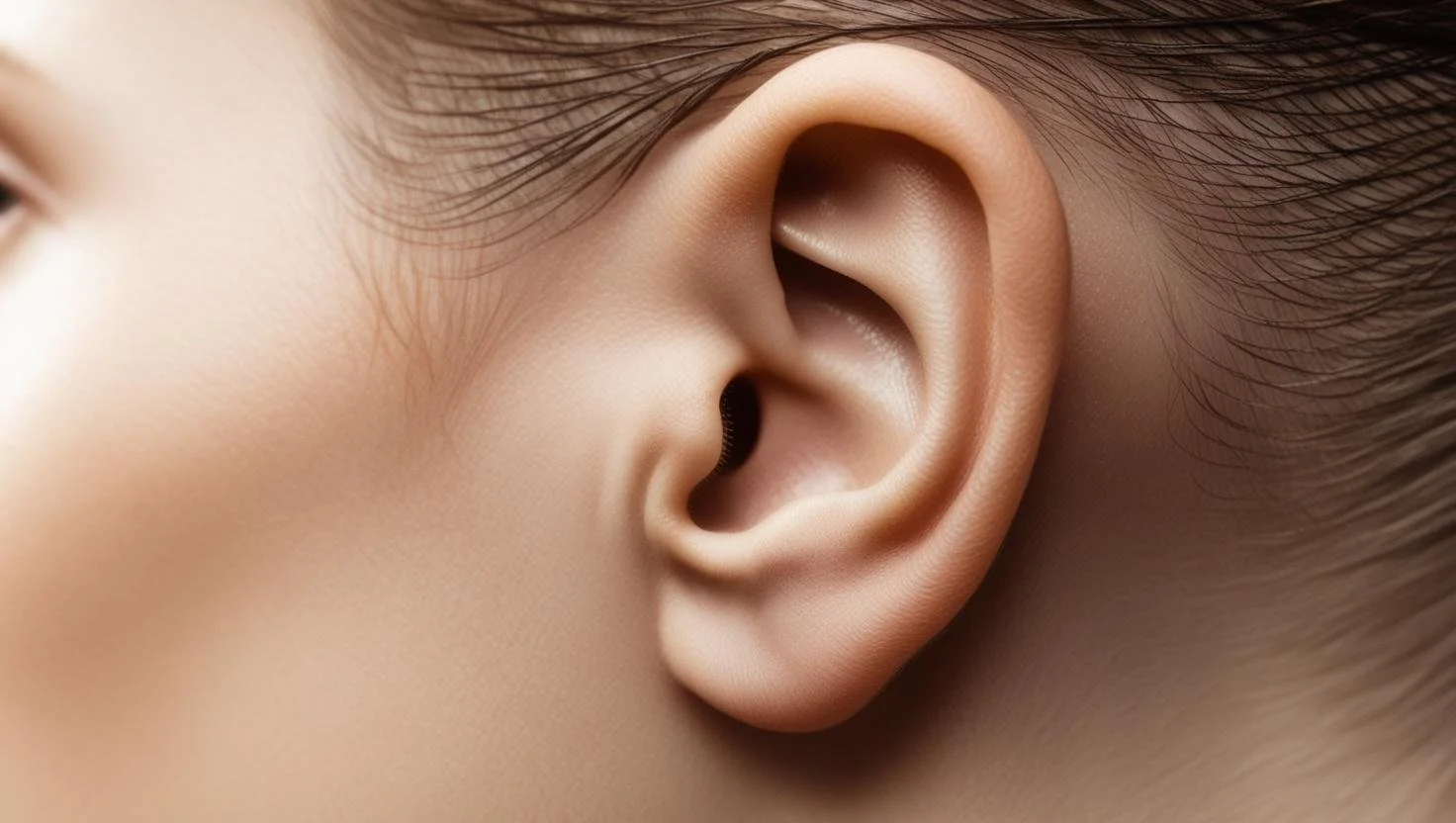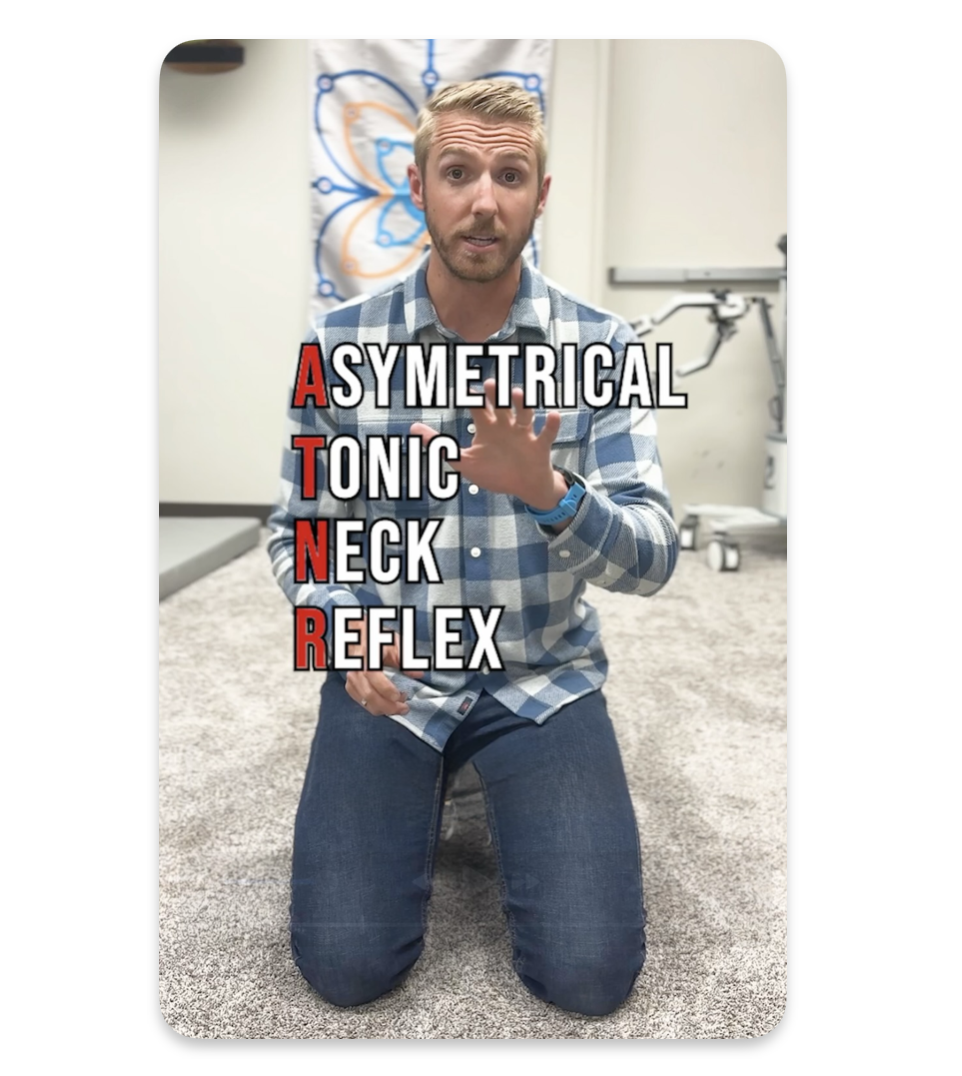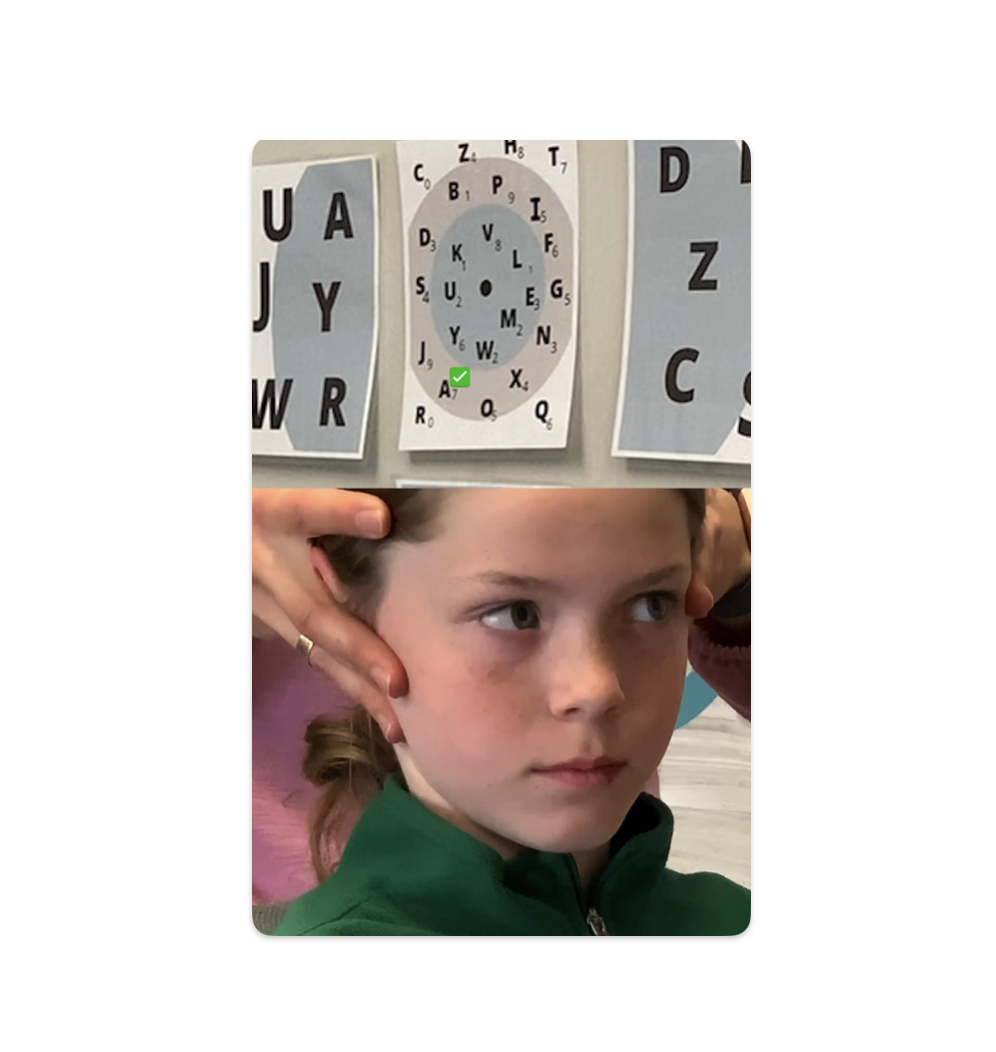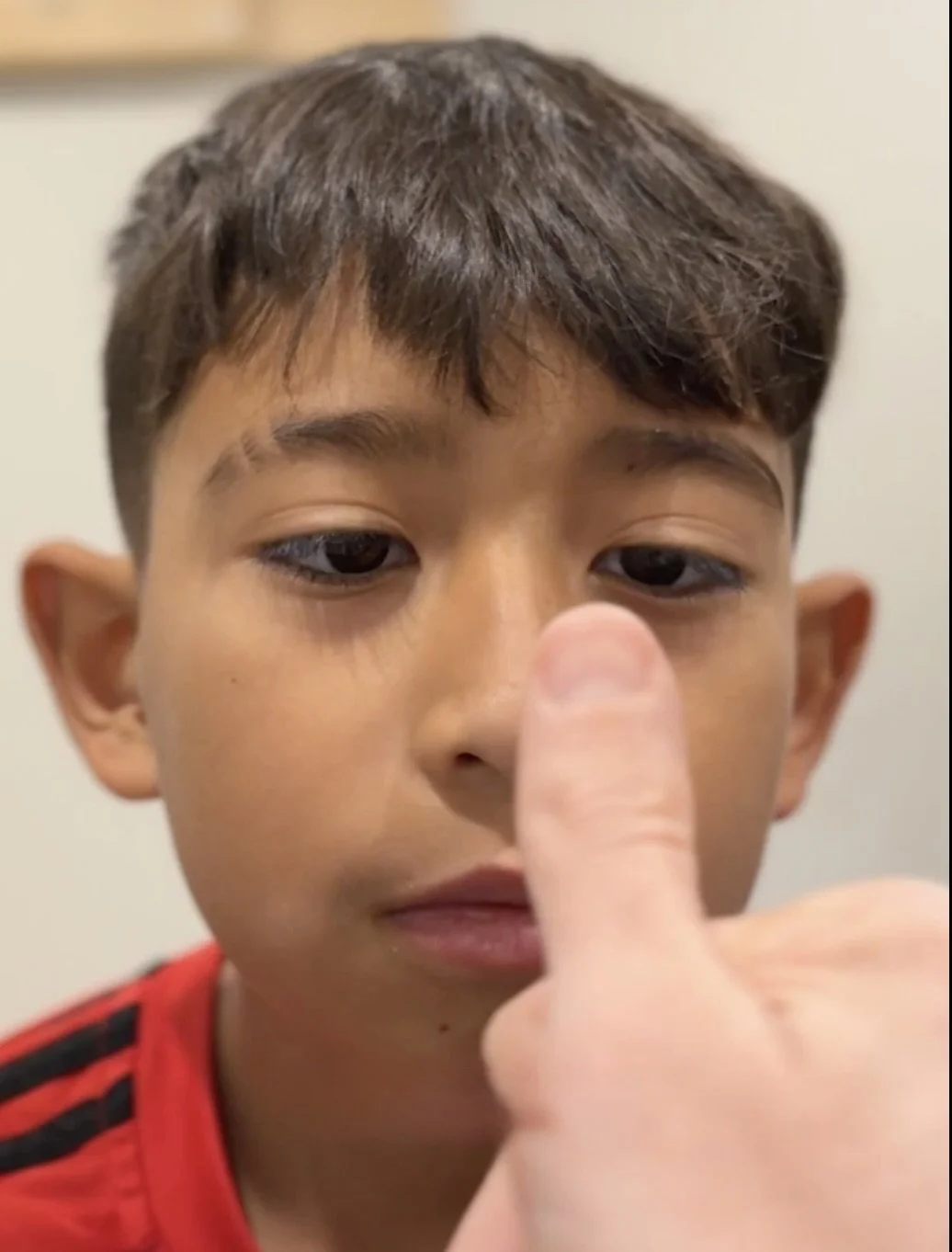Improve Your Energy, Reduce Allergies & Asthma—Just by Changing How You Breathe!
Improve your energy, reduce allergies, and ease asthma by optimizing your breathing! Learn how nasal breathing, CO₂ balance, and simple techniques like mouth taping and breath-holding can enhance oxygenation, boost endurance, and improve overall health.
How Sensory Integration and Brain Stimulation Transformed This Child’s Balance
Discover how sensory integration and brain stimulation can dramatically improve balance in children with primitive reflex challenges and sensory issues. Learn how targeted therapies enhance coordination and muscle function in just one hour!
How Mold Toxicity Can Trigger Behavior Outbursts—And What You Can Do About It
Discover how mold toxicity can trigger behavior outbursts in kids and how to reduce brain inflammation, rehab weak areas, and support healing. Learn key steps to improve emotional regulation and restore balance naturally.
How Vision and Reflexes Impact Learning and Reading—What to Check
Discover how visual suppression and retained reflexes can impact a child’s reading and learning. Learn two key tests to check for vision and motor issues and find solutions to improve focus, coordination, and academic success.
How to Perform an Infant Exam: Checking Reflexes for Optimal Development
Learn how to perform an infant exam to check primitive reflexes, ensure proper motor development, and promote healthy growth. A must-read for parents and healthcare professionals!
The Importance of Blood Flow: How It Affects Your Child’s Brain Function
Discover how poor blood flow affects your child’s brain function, particularly the frontal lobe, impacting focus, memory, and attention. Learn key signs, causes, and solutions to improve cognitive health.
Primitive Reflexes in Adults: What They Are and How They Affect Brain Function
Discover how retained primitive reflexes, like the startle or grasping reflex, can affect adults. Learn about their impact on balance, coordination, and brain function, and explore targeted exercises to retrain the brain for improved quality of life.
Testing for Mitochondrial Dysfunction: Tools for Parents
Discover key tests for evaluating mitochondrial health in children with autism. This guide covers essential tools like the Total Toxic Burden Test, Urinary Organic Acid Test, and MitoSwab Test, offering insights to support well-being with dietary and therapeutic strategies.
Photobiomodulation: A Revolutionary Therapy for Autism
Discover how photobiomodulation (laser therapy) is revolutionizing autism treatment by enhancing mitochondrial function and improving brain connectivity. Learn about the benefits of this non-invasive therapy and its potential to support children with autism in achieving better neurological health and development.
Understanding Autism: The Energy Crisis
Understanding the connection between mitochondrial function and autism symptoms is crucial for effective intervention. This blog explores how mitochondrial dysfunction contributes to the energy crisis in children with autism and discusses therapeutic approaches, including photobiomodulation, hyperbaric oxygen therapy, and nutritional support, to enhance energy production and improve outcomes.
Utilizing Vibe Plates for Proprioception and Postural Reflexes
Enhance sensory feedback for children through innovative techniques like peanut balls on vibe plates, visual stimulation with Neurosage, and engaging activities on BOSU balls. Discover how these methods promote better posture, motor skills, and overall sensory integration in a fun and dynamic environment.
Integrating Systems for Enhanced Sensory Feedback
Enhance your child's sensory development with innovative techniques that integrate multiple systems for improved feedback. Discover how tools like peanut balls, vibe plates, and visual stimuli can create an engaging environment that promotes better posture, motor skills, and overall sensory integration.
Why Oxygen is Key to Your Child’s Brain Development
Discover why oxygen is vital for your child’s brain development. Learn how Exercise with Oxygen Therapy (EWOT) boosts energy, improves coordination, and supports growth for optimal learning and motor skills.
Strategies for Supporting Vestibular Development in Children
Discover how the vestibular system shapes a child’s motor and cognitive development. Learn to identify deficits, understand their impact, and explore effective strategies like movement activities, balance exercises, and professional guidance to support your child’s growth and well-being.
Understanding the Vestibular System: The Key to Motor and Cognitive Development in Children
The vestibular system plays a crucial role in balance, motor skills, and cognitive development. Its dysfunction in children, often linked to developmental delays like autism, can impact sensory processing and coordination. Early intervention and sensory activities can support growth and development.
The Surprising Link Between Posture and Attention in Kids
Discover the surprising connection between posture and attention in kids. Learn how poor posture can impact your child's cognitive function and attention span, and find effective strategies to improve their core stability for better learning outcomes.
Understanding Your Child's Movement: The Importance of Crawling
Learn about the importance of crawling in child development and how to identify potential issues with the asymmetrical tonic neck reflex (ATNR). Discover why butt scooting might signal developmental concerns and get practical tips for testing your child's reflexes.
Understanding Anxiety in Children: The Role of the Vestibular System
Explore the connection between anxiety in children and the vestibular system, along with the Moro reflex. Learn how retraining these systems can help reduce anxiety and improve sensory processing, enabling children to navigate their environment with confidence. Discover effective interventions for supporting anxious children.
Transforming Vision: A Success Story in Primitive Reflex Integration
Discover how primitive reflex integration transformed a patient's visual function, reducing nystagmus and improving focus. Learn about the connection between early developmental reflexes and vision in this compelling case study of neurological rehabilitation and visual improvement.
From Non-Verbal to Speaking: How Intensive Brain Development Therapy Changed One Child's Life
Discover how intensive brain development therapy helped a non-verbal child with autism spectrum disorder develop speech and thrive. We explore innovative treatment approaches including violet light therapy, hyperbaric treatment, and targeted motor exercises that led to remarkable improvements in communication, motor skills, and emotional regulation.


